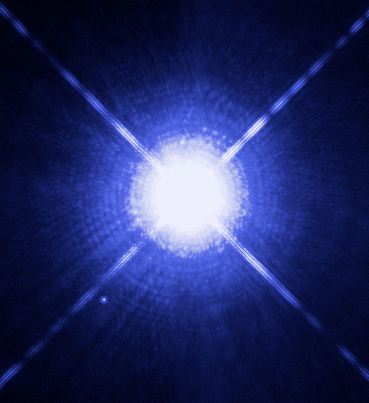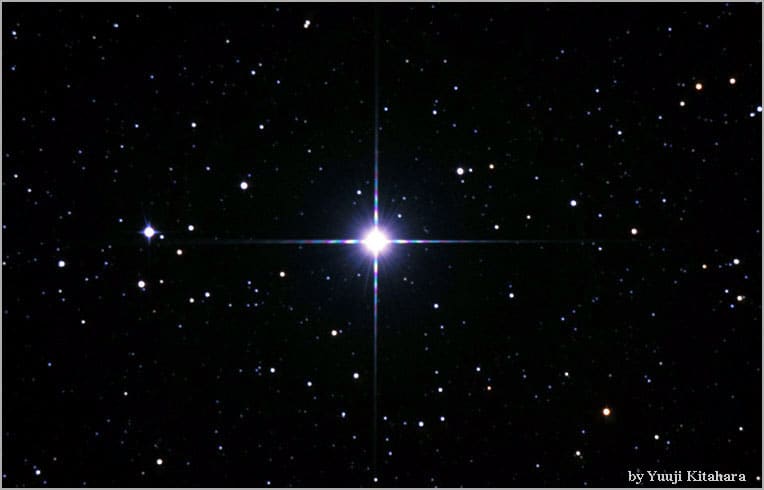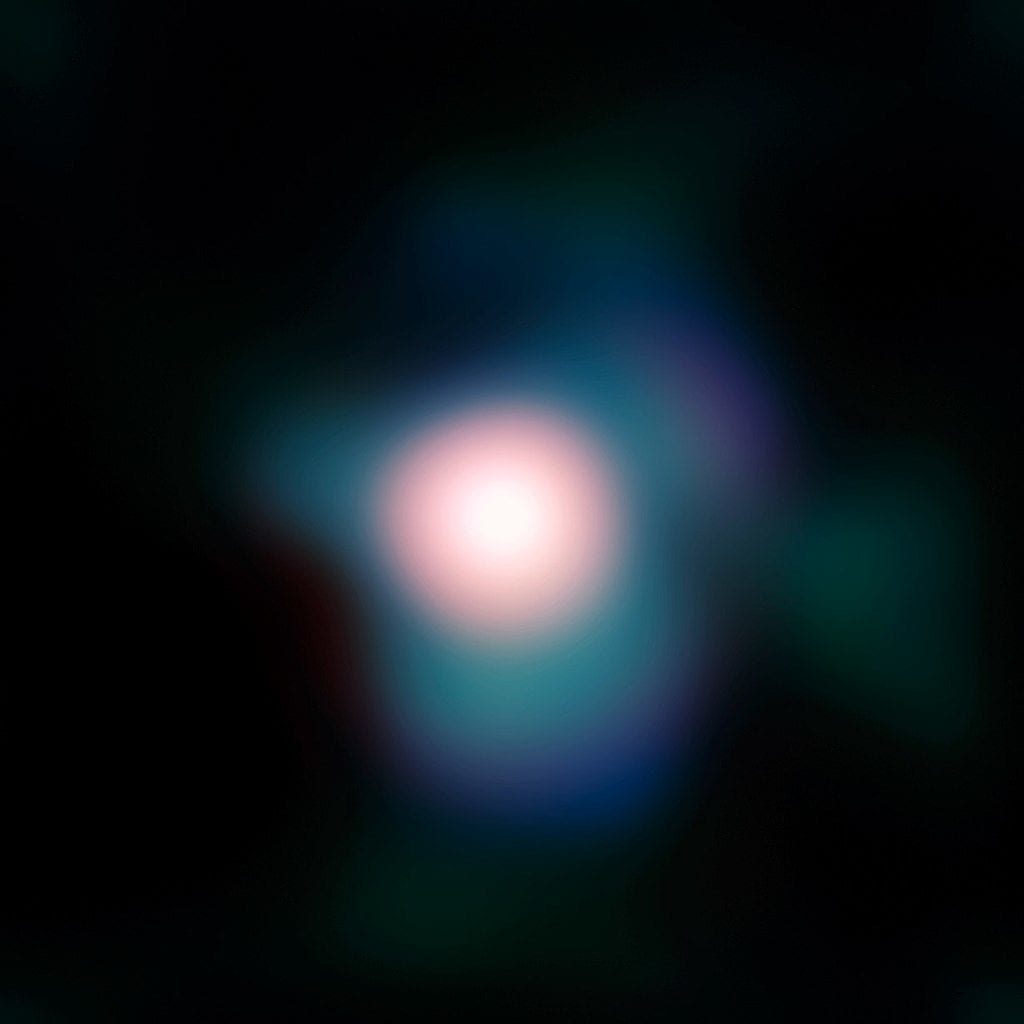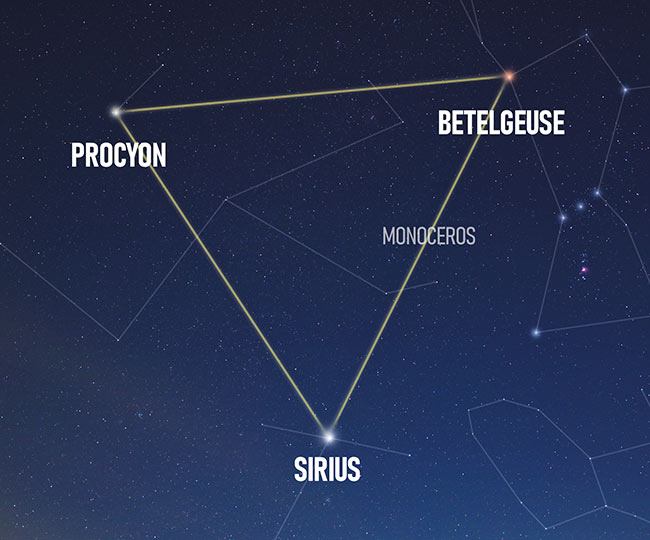Winter Triangle Asterism: Facts
The Winter Triangle, also known as the Great Southern Triangle, is an asterism formed by three bright stars in three prominent winter constellations — Betelgeuse in Orion, Procyon in Canis Minor and Sirius in Canis Major constellation.
The asterism is much smaller than the Summer Triangle, formed by the prominent summer stars Vega, Altair and Deneb, as well as the larger Winter Hexagon, also known as the Winter Circle, which dominates this region of the sky in the winter.
The Winter Triangle is best seen in the northern hemisphere during the winter months, from December to March. It can also be seen during autumn in the early morning to the East. In spring, the Winter Triangle is visible early in the evening to the West before its stars set below the horizon.
From the southern hemisphere, the Winter Triangle appears upside down and lower in the sky during the summer months. The Winter Triangle surrounds much of the faint constellation, Monoceros.
It is useful for finding the winter portion of the Milky Way in the sky. On a clear night, a band of our galaxy is visible just to the left of Betelgeuse and Sirius, and right of Procyon.
Three Big Stars
The three stars of the asterism are easy to find because they lie in the vicinity of Orion’s Belt, which is one of the best known asterisms in the sky. Betelgeuse, the left shoulder of Orion, is the bright red star above Alnitak, the easternmost star of the Belt. Sirius can be found by following the line formed by the Belt stars to the southeast, while Procyon lies to the upper left of Sirius.
The other stars of the winter sky lie around the Winter Triangle, such as Rigel in Orion, Aldebaran in Taurus, Castor and Pollux in Gemini, and Capella in Auriga.
Winter Triangle Asterism – Stars
Sirius

Sirius, also known as Alpha Canis Majoris, is the brightest star in the constellation of Canis Major, and overall the brightest star in the night sky. It has an apparent magnitude of 1.46, making it twice as bright as Canopus, the second brightest star in Canis Major. It is around 25 times brighter than the Sun.
Sirius appears so bright partly because it is one of the nearest bright stars to Earth. At a distance of only 8.6 light years, it is the 7th nearest star system to our Solar System.
Sirius is a binary star. The primary star is Sirius A, a main-sequence star of spectral type A0 or A1, which is twice as hot as the Sun and is 200% more massive. It also has 171% of its radius.
The companion is a faint white dwarf, designated Sirius B. It is of the spectral type DA2. Sirius B was actually the very first white dwarf to be discovered, and is around 100,000 times fainter than Sirius A. The distance between the two components varies between 8.2 and 31.5 astronomical units.
Procyon

Procyon is the eighth brightest star in the sky and has an apparent magnitude of 0.34. It is the brightest star in the constellation of Canis Minor. It is located around 11.4 light years away from Earth, making it the 16th nearest star to us. Procyon is a binary star, composed of Procyon A, a white main sequence star of spectral type F5 IV-V, and Procyon B, a white dwarf belonging to the spectral class DQZ.
The name Procyon comes from the ancient Greek Προκύων, which means “before the dog,” referring to the fact that it rises just before the Dog Star (Sirius).
Apart from the Winter Triangle asterism, Procyon also marks one of the vertices of the larger Winter Hexagon. This Hexagon or Winter Circle – is formed by Procyon, Sirius, Pollux, Capella, Auriga, Aldebaran and Rigel.
Betelgeuse

Betelgeuse, also known as Alpha Orionis, is the second brightest star in Orion and occasionally outshines Rigel. It has an apparent magnitude of +0.0 and +1.13, which varies because it is a red supergiant semi-regular variable star. It is the ninth brightest star in the night sky and has the widest range of varying magnitude out of any first-magnitude star.
Betelgeuse’s brightness ranges from 90,000 to 150,000 times that of our Sun. This giant has a radius of around 88.700% of our Sun’s radius and 1,160% of its mass. It is located at around 640 light years away from Earth. Betelgeuse is cooler than our Sun thanks to it’s size, with a temperature of around 3,500 K.
It is surrounded by an intricate envelope that is around 250 times its size. The envelope is made up of its lost mass, as Betelgeuse loses around 1 solar mass every 10,000 years.
Its name comes from the Arabic Ibt al-Jauzā’, which means “the hand of Orion”.
Winter Triangle Asterism – Deep Sky Objects
The Winter Triangle asterism is also useful in finding numerous notable deep-sky objects. These include the Heart-Shaped Cluster, Cone Nebula, Christmas Tree Cluster, Messier 41, Messier 46, Messier 47, Messier 93 and Messier 48.
Image Sources:
- https://astrobackyard.com/wp-content/uploads/2021/01/stars-in-the-winter-triangle-asterism.jpg
- By NASA, ESA, H. Bond (STScI), and M. Barstow (University of Leicester) – http://www.spacetelescope.org/images/heic0516a/, CC BY 3.0, https://commons.wikimedia.org/w/index.php?curid=477445
- https://nineplanets.org/wp-content/uploads/2020/01/procyon.jpg
- By ESO/P. Kervella – http://www.eso.org/public/images/eso0927b/, CC BY 3.0, https://commons.wikimedia.org/w/index.php?curid=9640967
